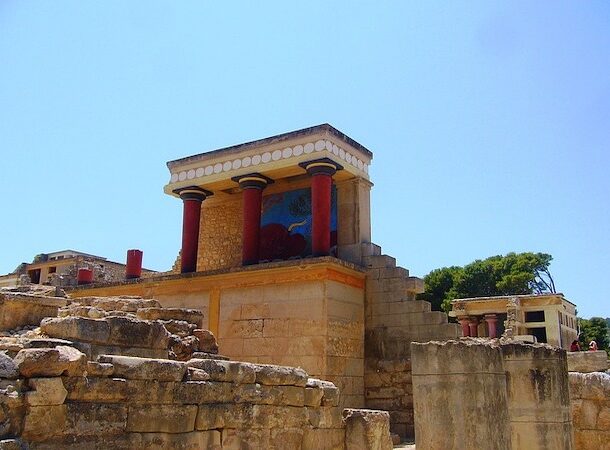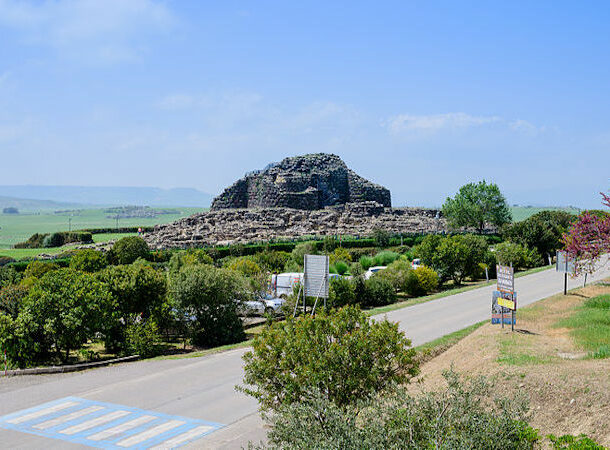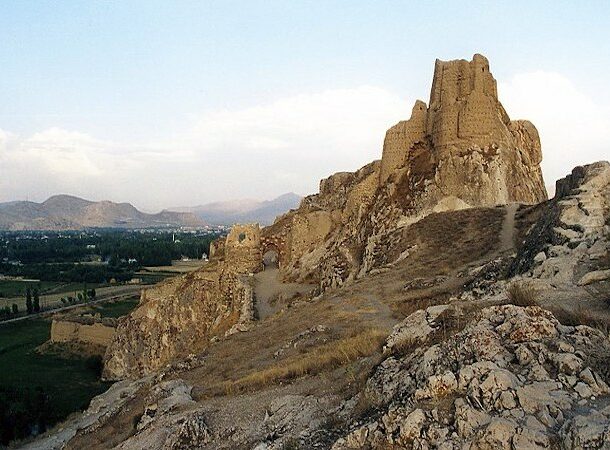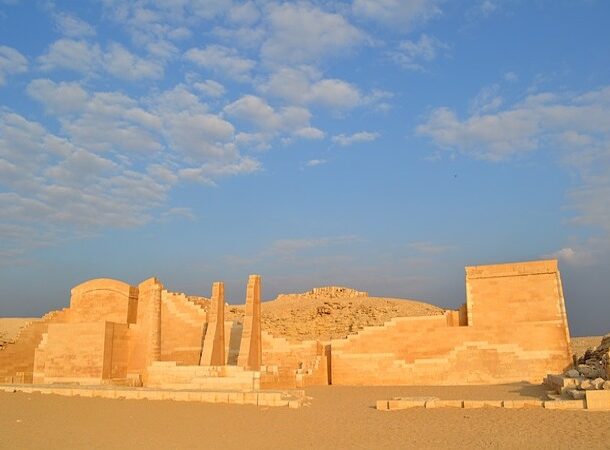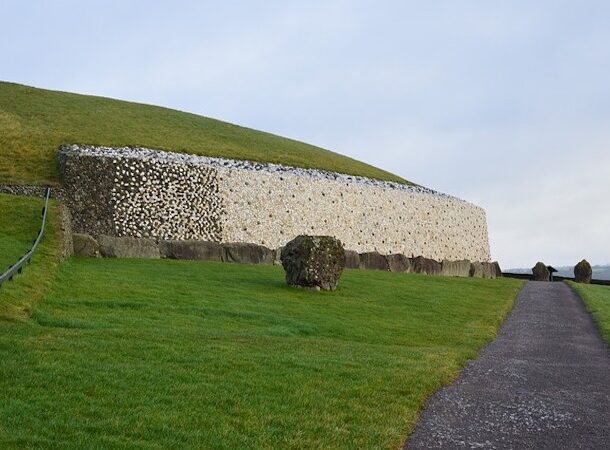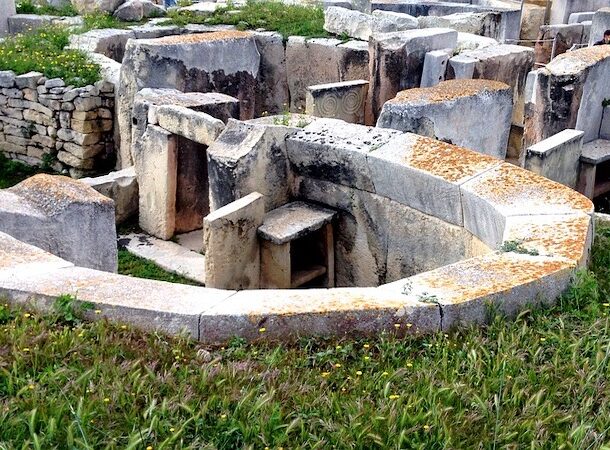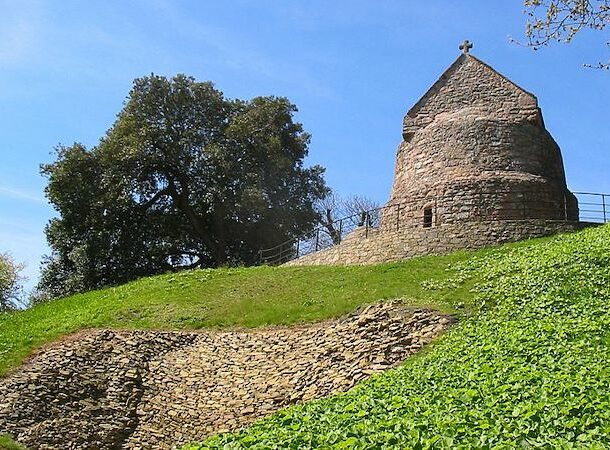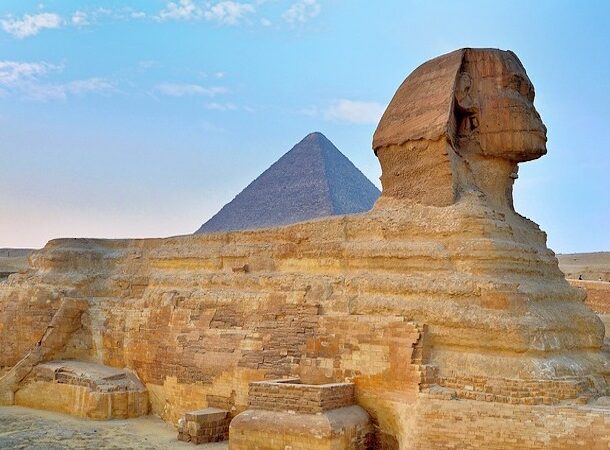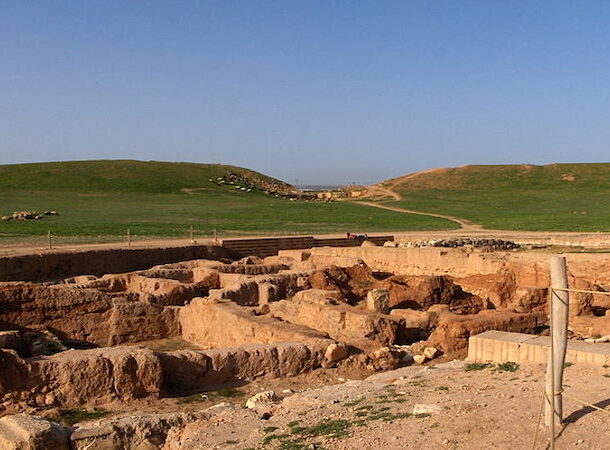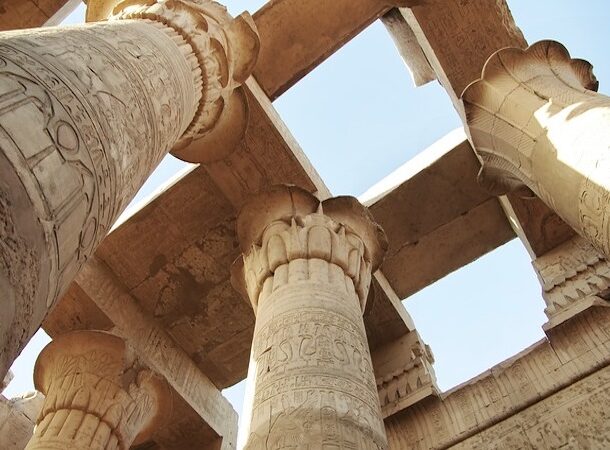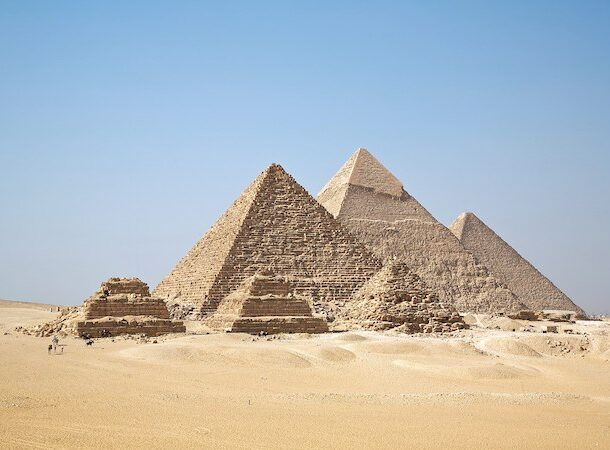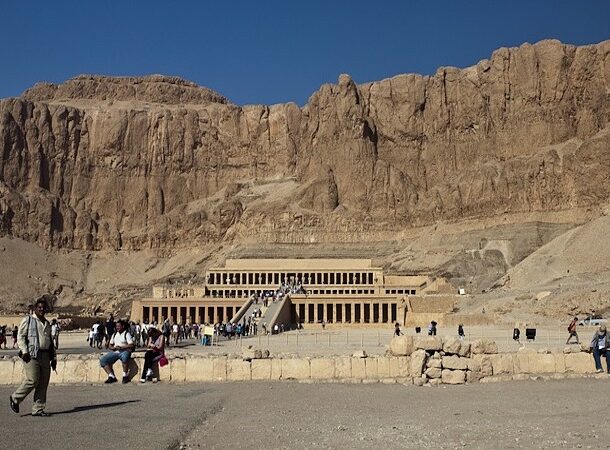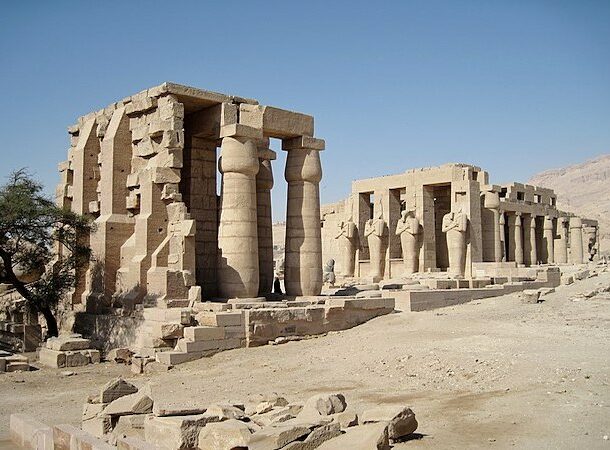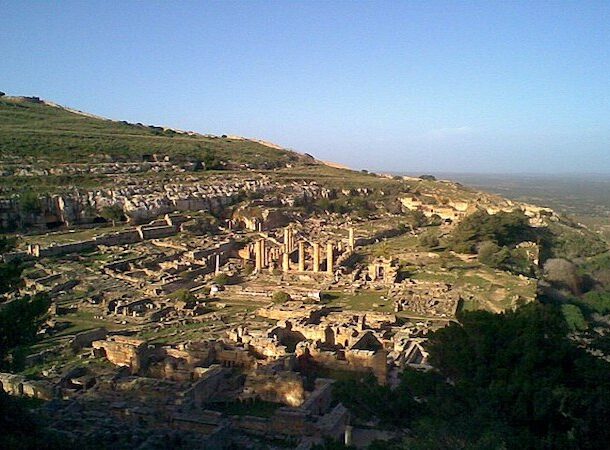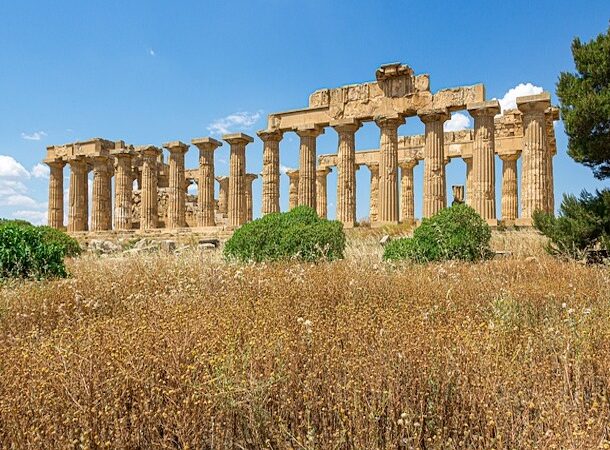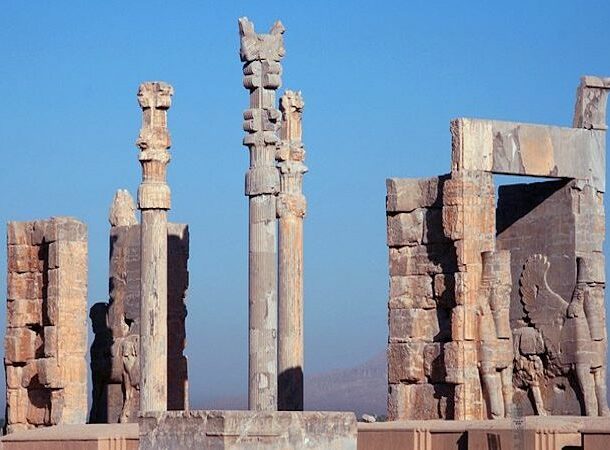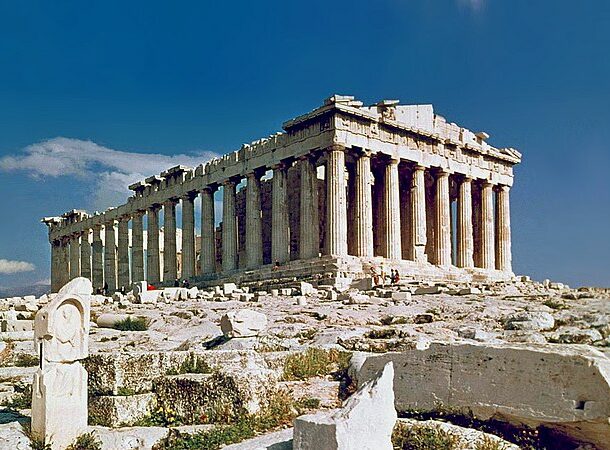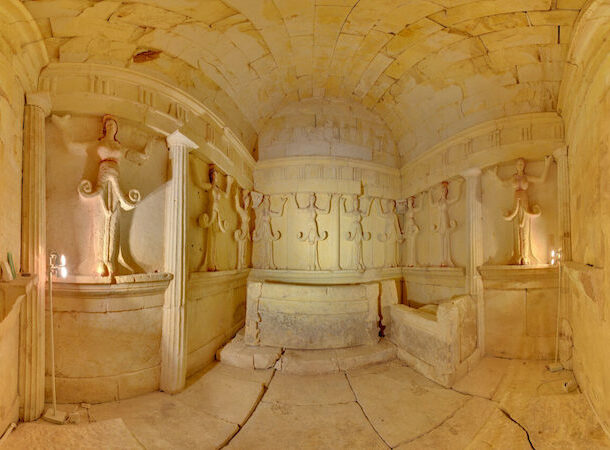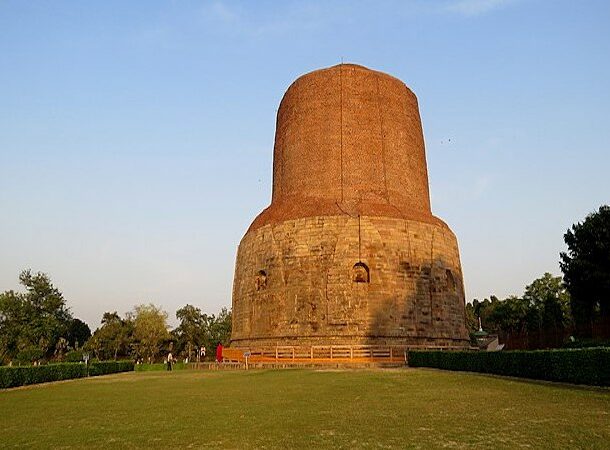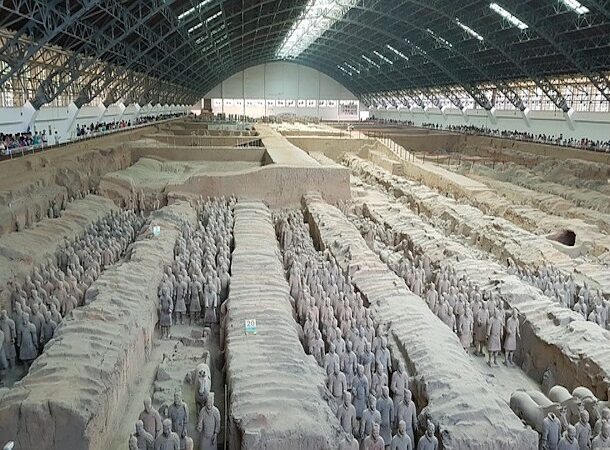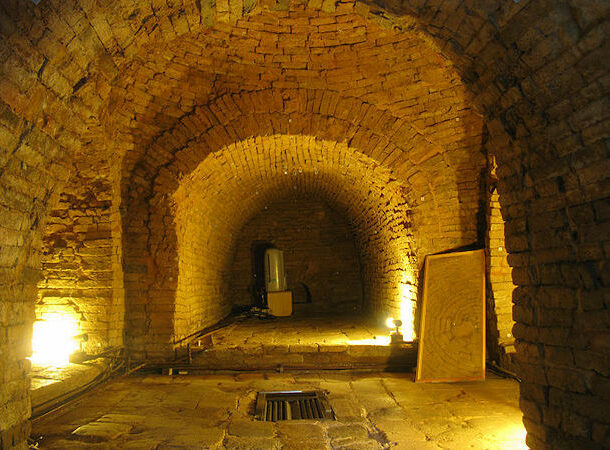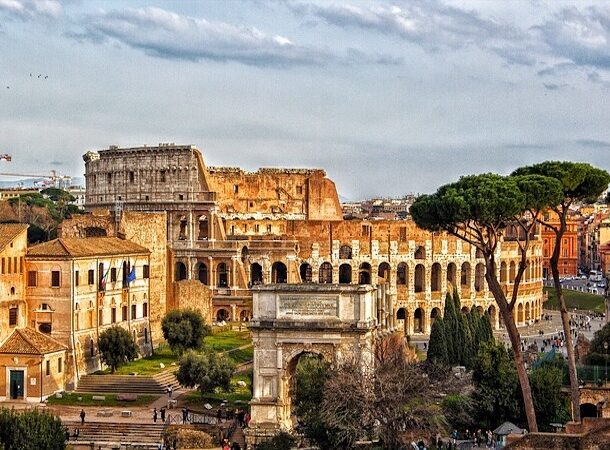That’s because many of the oldest buildings in the world hold great importance to those early civilizations who used them and today’s archaeologists who continue to study them.
If you’re interested in learning more about historic structures, you’ve come to the right place. Here is a list of the 25 oldest buildings in the world!
The palace is a large complex of buildings and structures, including a central court, a throne room, a royal residence, and several smaller rooms and corridors. It is known for its sophisticated architectural design, including frescoes, columns, and built-in storage areas. It is a complex of ancient structures built between the 16th and 13th centuries BC by the Nuragic civilization, which inhabited the island of Sardinia. Su Nuraxi is a UNESCO World Heritage site and is considered one of Sardinia’s most important examples of Nuragic architecture. The castle was built in the 9th century by the Kingdom of Van, which was a powerful Armenian kingdom that ruled over parts of modern-day Turkey and Iran. It was used as a defensive fortress and the kingdom’s capital. The castle comprises a series of walls and towers and has a complex layout with several courtyards and buildings inside. It was built in the 27th century BC during the Third Dynasty for Pharaoh Djoser, the second dynasty king. The pyramid is considered the oldest complete stone structure in the world and is a significant example of early pyramid construction in ancient Egypt. It is believed to have been used as a burial site and for ceremonial purposes. The most notable feature of the monument is the passage tomb, a long, narrow tunnel leading to a burial chamber. The passage tomb is aligned so that on the winter solstice, the shortest day of the year, the sun’s rays enter the chamber through a roof box and illuminate the burial chamber. The temples are made of stone and are characterized by their large size and complex design. They consisted of chambers, passages, and courtyards used for ritual and ceremonial purposes. The temples are adorned with carvings and sculptures and are thought to have played a central role in the religious and social life of the ancient Maltese people. La Hougue Bie is a long barrow, a burial monument typical in the Neolithic period. It consists of chambers and passages used for burial and ritual purposes. The monument is made of earth and stone and is adorned with carvings and sculptures. The pyramid was built in the 26th century BC as a tomb for Pharaoh Khufu and is an example of the Old Kingdom style of architecture. It is made of limestone blocks and is 147 meters tall, making it the tallest building in the world for more than 4000 years. It was built in the 24th century BC and was one of the most important palaces in the ancient Near East. The palace was a large complex of buildings that served as the residence and administrative center of the Eblaite kings. It consisted of chambers, halls, and courtyards decorated with reliefs and inscriptions. The palace is famous for its well-preserved notes, which provide valuable information about the history, culture, and daily life of the Eblaite civilization. The temple complex is dedicated to the gods Amun, Mut, and Khonsu and was a major center of worship in ancient Egypt. Karnak is famous for its massive columns, obelisks, and other architectural features, as well as for its well-preserved reliefs and inscriptions, which provide valuable information about the history and culture of ancient Egypt. The pyramid is an example of the Middle Kingdom style of architecture and is made of limestone. It consists of chambers, halls, and corridors decorated with reliefs and inscriptions. The pyramid is famous for its well-preserved reliefs and inscriptions, which provide valuable information about the reign of Khendjer and the daily life of the ancient Egyptians. The temple is an example of the New Kingdom style of architecture and is made of sandstone. It consists of chambers, halls, and courtyards decorated with reliefs and inscriptions. The temple is famous for its well-preserved reliefs and notes, which provide valuable information about the reign of Hatshepsut and the daily life of the ancient Egyptians. The temple is an example of the New Kingdom style of architecture and is made of sandstone. It consists of chambers, halls, and courtyards that were filled with inscriptions. The temple is famous for the giant statue of Ramses II which was discovered there, as well as for the temple’s well-preserved inscriptions. The temple was built in the 6th century BC and is an example of the Doric style of architecture. It was made of marble and had a peripteral colonnade of six by 13 columns. The temple was destroyed in the 3rd century AD, and the ruins were later used as quarries. The temple is now a popular tourist attraction and a reminder of the ancient history of Cyrene and the importance of the god Apollo in ancient Libyan religion and culture. It was dedicated to Hera, the queen of the gods in Greek mythology, and was one of the most important temples in ancient Italy. The temple was built in the 5th century BC and is an example of the Doric style of architecture. It was made of tufa, a type of volcanic rock, and had a peripteral colonnade of six by 13 columns. Unfortunately, the temple was destroyed in the 3rd century BC, and the ruins were later used as quarries. Persepolis was founded by the Achaemenid king Darius I in the 6th century BC and was used as a royal palace and a center of administration. It is a large complex of palaces, halls, and other buildings decorated with elaborate reliefs and sculptures. The site is famous for its terrace, a massive platform used for royal ceremonies and other important events. The Parthenon is a peripteral temple with a colonnade of columns surrounding the temple’s perimeter. It is made of marble and has a distinctive Doric style of architecture. The temple is adorned with sculptures and reliefs that depict mythological scenes and figures. It was initially used for religious ceremonies and was later converted into a Christian church. The tomb is made of stone and rectangular with a barrel-vaulted roof decorated with frescoes depicting mythological scenes. The artwork is considered some of the best examples of Thracian art. The grave is adorned with ornate carvings and sculptures of mythical creatures and animals. It is one of the oldest and most important Buddhist stupas in India and is believed to mark the spot where the Buddha gave his first sermon after attaining enlightenment. The stupa was built in the 5th century AD and is made of brick and stone. It is a cylindrical structure with a diameter of 43 meters and a height of 28 meters. The stupa is adorned with intricate carvings and is surrounded by a stone railing with four gateways. It is a popular tourist attraction and a place of pilgrimage for Buddhists from all over the world. It’s located at the foot of Mount Li and is surrounded by a complex of tombs and burial sites that belong to Qin Shi Huang and other members of the imperial family. The mausoleum is famous for the terracotta warriors, a collection of life-sized terracotta statues of soldiers and horses buried with the emperor to protect him in the afterlife. A broch is a type of fortified tower that the ancient inhabitants of Scotland built during the Iron Age. Dun Carloway is one of the best-preserved brochs in Scotland and is thought to date back to the 1st or 2nd century AD. It is a circular structure with double walls and a central staircase leading to the tower’s top. The broch was probably used as a defensive structure and a dwelling and may have been occupied by a chieftain or a wealthy family. The temple was built in the 1st century AD and is dedicated to the god Castor and Pollux. It is made of limestone and has a Corinthian colonnade of six fluted columns. The temple has a rectangular plan and is symmetrical on all sides. It was initially used for public gatherings and religious ceremonies and is now a popular tourist attraction and a symbol of the Roman heritage of Nîmes. The tomb consists of a burial chamber, a pottery workshop, and a passage leading to the burial chamber. The building is an example of the Greco-Roman style of architecture that was popular in the region during the Hellenistic period. It is made of basalt blocks and has a colonnade of 24 fluted Corinthian columns. The Colosseum was built between 70 and 80 AD. It was originally used for gladiatorial contests, public spectacles such as mock sea battles, animal hunts, executions, and reenactments of famous battles.
